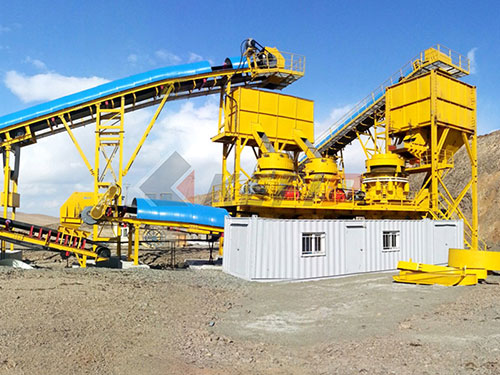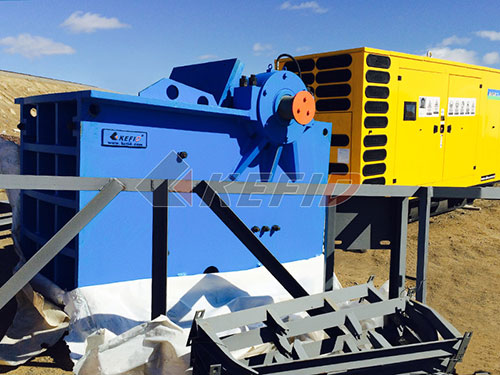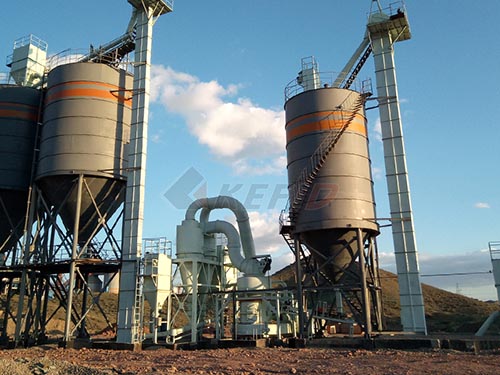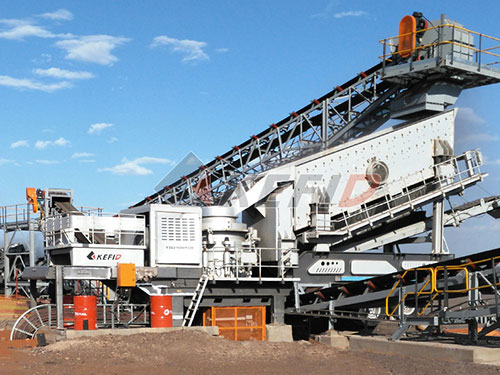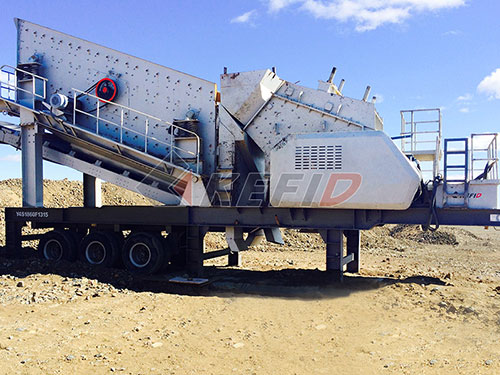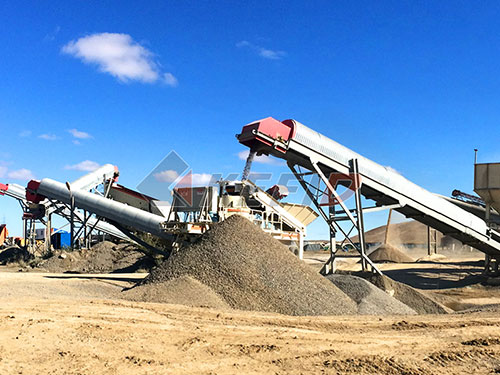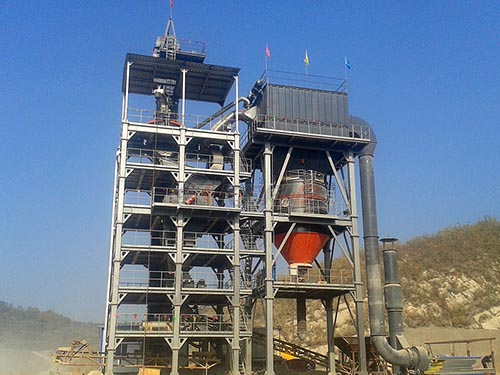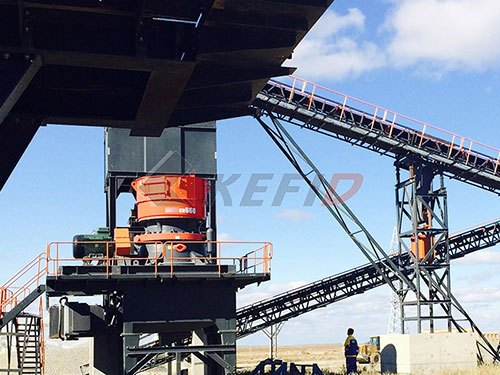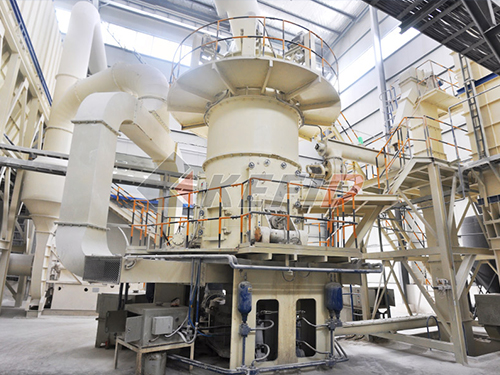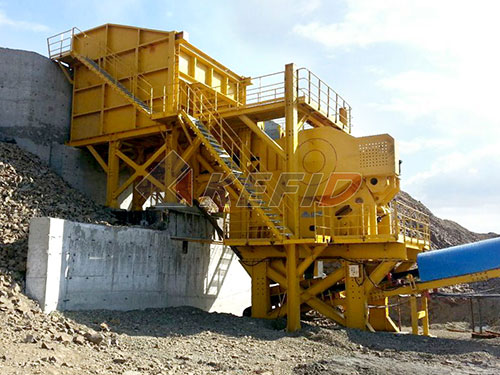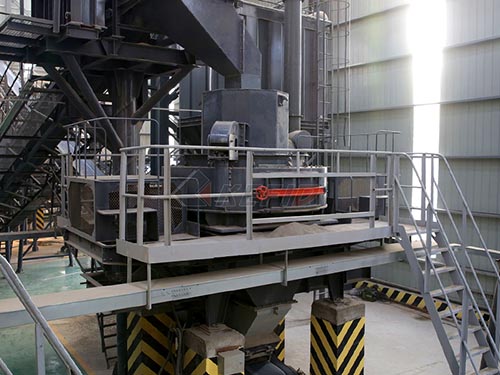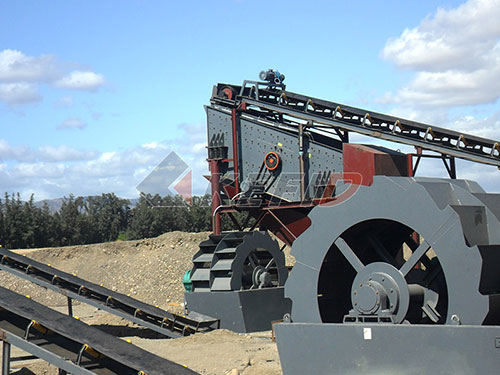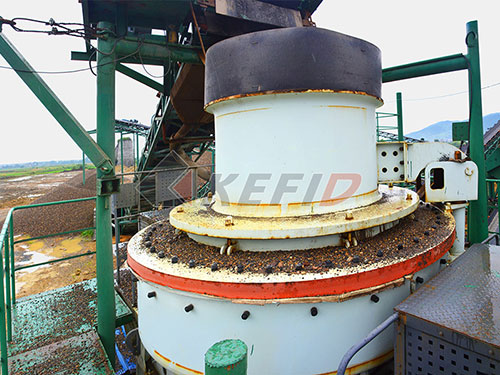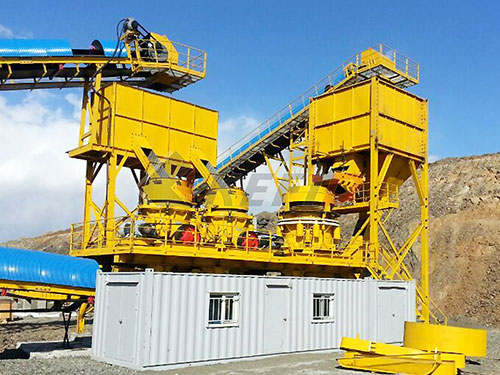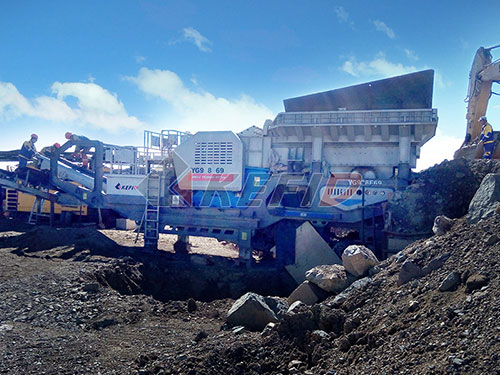Navigating the Grind: Understanding Total Costs of Ball Mill Lease Agreements for Mining Startups in the DRC
The Democratic Republic of the Congo (DRC) presents a paradox for mining entrepreneurs: unparalleled mineral wealth juxtaposed with formidable operational challenges. For startups venturing into this complex landscape, securing essential processing equipment like ball mills without crippling upfront capital expenditure (CAPEX) is critical. Ball mill lease agreements emerge as a compelling solution, offering access to vital technology while preserving cash flow. However, the headline lease rate is merely the tip of the iceberg; understanding the Total Cost of Ownership (TCO) associated with such agreements is paramount for survival and success.
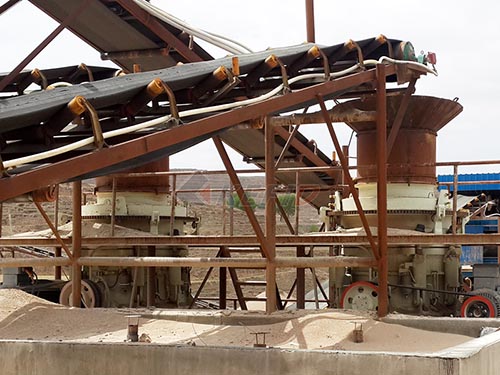
Why Lease? The Allure for DRC Startups
1. Preserving Scarce Capital: Startups often operate on tight budgets dominated by exploration drilling licenses (PEA/PFS), camp setup logistics across challenging terrain like Katanga or Ituri provinces), security arrangements essential given regional instability), and initial workforce mobilization costs including specialized expatriate labor). Leasing defers significant CAPEX outlays.
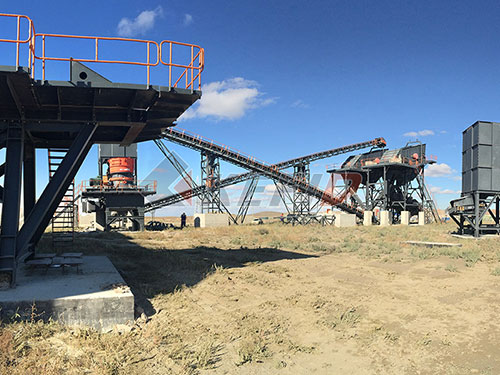
2. Mitigating Technology Risk: Ball mill technology evolves rapidly – leasing allows access to newer models potentially offering higher throughput efficiency or lower energy consumption per tonne processed) without long-term commitment to potentially obsolete assets vulnerable to rapid technological shifts).
3. Flexibility & Scalability: As exploration results define resource potential measured in millions of tonnes grading critical minerals like cobalt or copper), production plans can shift dramatically requiring adjustments from pilot plant scale (500tpd). Leases often offer easier upgrade/downgrade paths compared to owning fixed assets burdened by depreciation schedules).
4. Reduced Logistics Burden: Sourcing transporting importing clearing customs duties which can exceed 15% of CIF value) installing commissioning heavy machinery like multi-tonne ball mills across DRC’s notoriously underdeveloped infrastructure road networks rail capacity port congestion at Matadi/Dar es Salaam) represents a monumental task best handled by experienced lessors possessing established supply chains.
5. Potential Tax Efficiency: Lease payments may be treated as operating expenses (OPEX) rather than capital investments impacting corporate tax calculations differently under DRC’s evolving fiscal code requiring consultation with specialized tax advisors familiar with Mining Code revisions).
Beyond the Monthly Payment: Deconstructing Total Cost Components
The true cost of leasing a ball mill in the DRC extends far beyond the base monthly or quarterly rental fee quoted initially by suppliers based often out of Lubumbashi Kol
